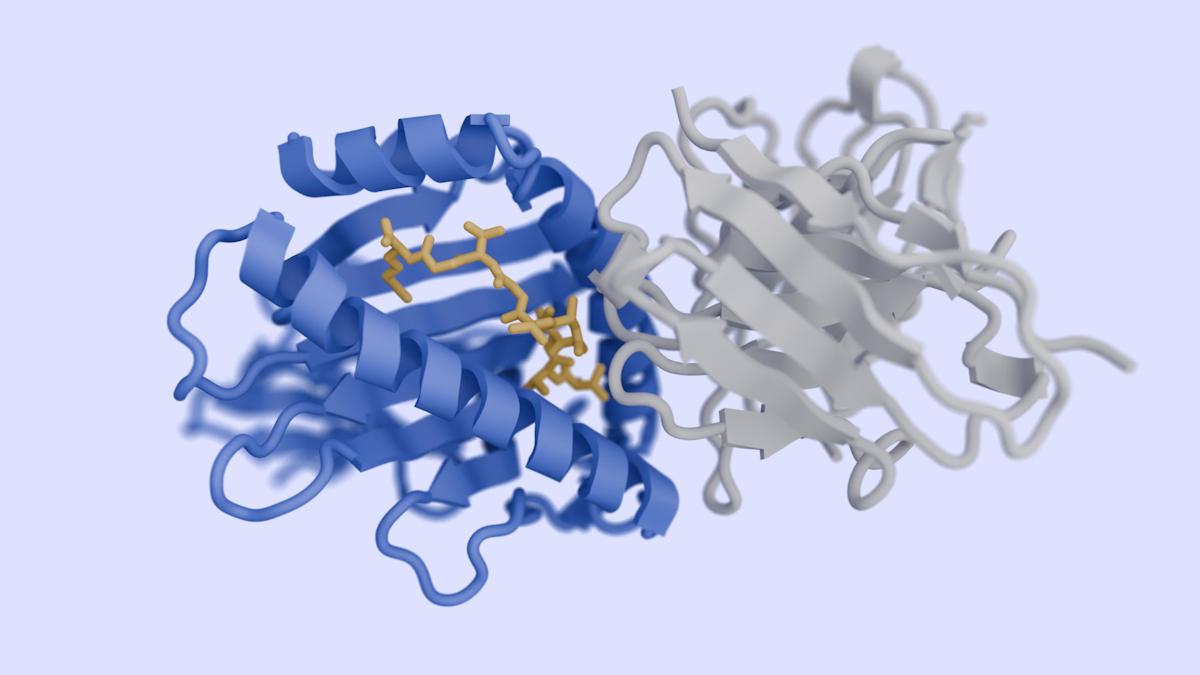NICE's Office for Digital Health opens its doors

UK cost-effectiveness agency NICE has this week officially opened the Office for Digital Health, one of the pillars of its five-year strategy out to 2026.
The in-house team of advisors has been set up by the health technology assessment (HTA) agency to spearhead its policy on digital health technologies (DHTs) – including apps, programmes and software – which are already starting to transform health and social care delivery.
A key part of its remit will be to make sure that NICE's appraisal methods and other processes are able to accommodate emerging DHTs like such as artificial intelligence (AI), robotics and software as a medical device (SaMD) systems, which have come to the fore as a result of social distancing mandated by the coronavirus pandemic.
Earlier this month, NICE published a new edition of its evidence standard framework for DHTs that are being considered for commissioning by the NHS after feedback from technology developers, commissioners, clinicians, academics and patient organisations.
The framework covers standards for gauging the effectiveness of DHTs, as well as generating evidence on their economic impact on health and social care provision.
The updates to the first ESF introduced in December 2018 include tweaks such as renaming the evidence tiers to avoid confusion with the classification system for medical devices used by the Medical and Healthcare products Regulatory Agency (MHRA), and to make it easier to understand which DHTs fit into each functional classification.
Work has already begun on another revision due to be published in the autumn of 2022, and the new office will also be tasked with coordinating that update in collaboration with the MHRA and NHSX, the government agency tasked with digitally transforming the UK's health service.
That includes widening its coverage of AI systems to include those based on adaptive as well as fixed algorithms, to provide guidance on demonstrating that these technologies work and offer real value to patients.
Another key project is to scope out a regulation and access pathway for data-driven technologies, in collaboration with the MHRA.
"The Office for Digital Health will provide a single point of contact for anyone who wishes to engage with NICE about digital health technology assessment, from our strategic partners to developers and adopters," according to Mark Salmon, programme director, NICE Information Resources.
It will also "triage digital companies' enquiries and appropriately direct them to the most suitable team within NICE or to our system partners who will provide appropriate support," he said.
Last year, a heart monitor developed by iRhythm – Zio XT – became the first product to be backed by NICE in a pilot programme for the appraisal of DHTs.
The wearable electrocardiogram (ECG) patch and associated software is used to detect atrial fibrillation (AF) in high-risk patients as an alternative to Holter monitoring, which requires patients to wear several electrodes as well as a bulky monitor.












